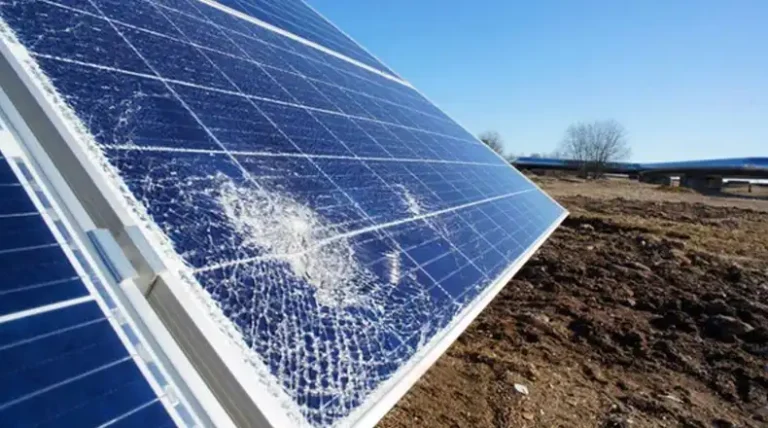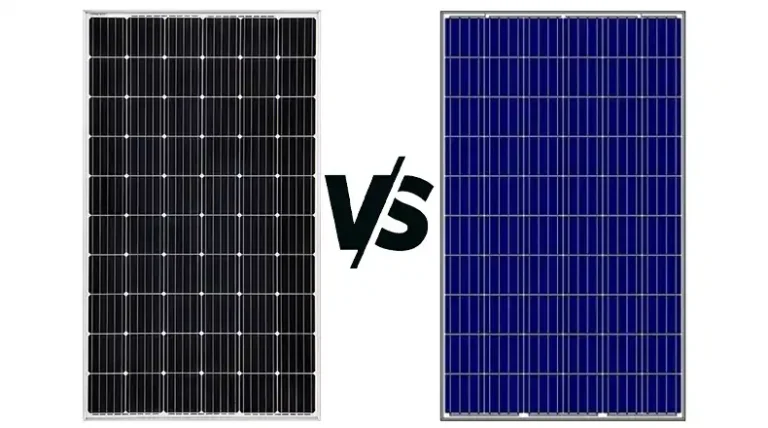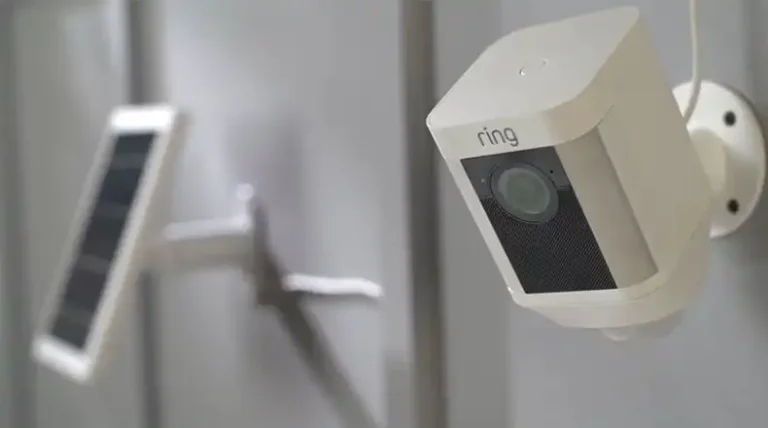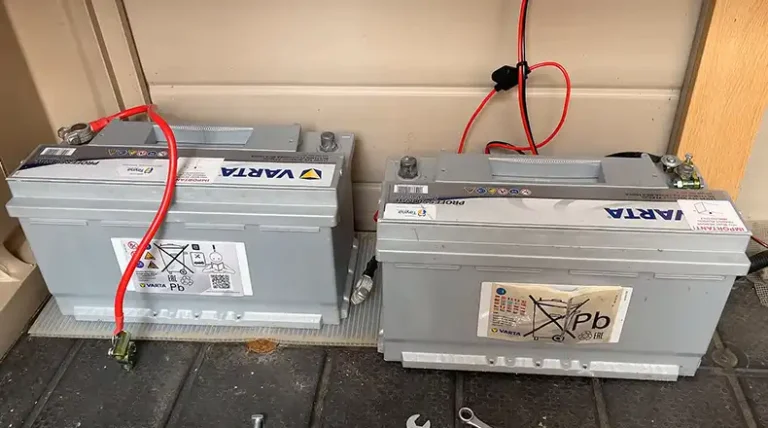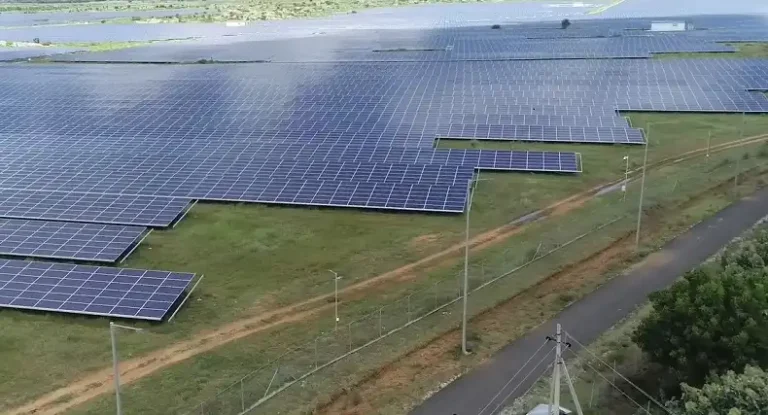Are Solar Panels with Micro-Inverters Worth It?
Solar panels are a great way to make clean energy for your home. But how do they turn sunbeams into usable electricity? That’s where inverters come in. This article explores a special type of inverter called a microinverter. We’ll break down how they work, their pros and cons, and ultimately help you decide if they’re the right fit for your solar setup. Typically, it depends on your priorities and roof situation.
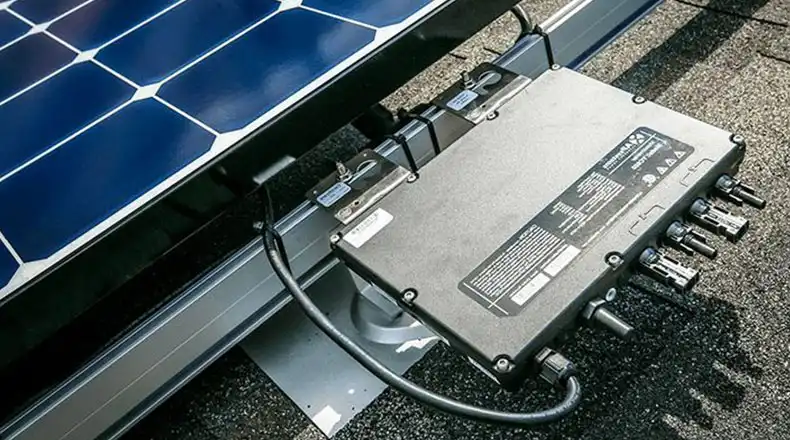
What Are Micro-Inverters?
Micro-inverters are small, panel-level inverters that attach directly to the back of each solar panel in a system. Unlike traditional string inverters that handle the output of an entire array of panels, micro-inverters work on an individual basis, converting DC to AC electricity right at the source.
To understand the significance of this, let’s compare micro-inverters to their more common counterpart, string inverters. In a string inverter setup, multiple solar panels are connected in a series (like a string of holiday lights) to a single inverter. This arrangement means that the entire string’s performance is limited by the lowest-performing panel, much like how a single burnt-out bulb can affect an entire string of lights.
On the other hand, micro-inverters operate independently, allowing each panel to perform at its maximum potential regardless of the others. This decentralized approach brings several benefits, as we’ll explore later. Think of it as having individual dimmer switches for each light in your home, rather than a single switch controlling all of them.
What Do Micro-Inverters Do with Solar Panels?
The primary function of micro-inverters in a solar panel system is to convert the DC electricity generated by each panel into usable AC electricity. This conversion is crucial because while solar panels produce DC, most household appliances and the electrical grid operate on AC.
Here’s a simplified breakdown of the process –
- Solar cells within each panel absorb sunlight and generate DC electricity.
- The micro-inverter attached to the panel immediately converts this DC to AC.
- The AC electricity is then fed into your home’s electrical system or back to the grid.
This panel-level conversion is what sets micro-inverters apart. In a traditional string inverter system, all the panels send their DC electricity through a series of wires to a central inverter, which then converts it to AC. This centralized conversion can lead to inefficiencies, especially when panels are performing differently due to factors like shading, orientation, or debris.
For example, imagine you have a 10-panel system, and one panel is shaded by a chimney for part of the day. With a string inverter, that single shaded panel can drag down the performance of the entire string. But with micro-inverters, only that one panel’s output is affected, while the others continue to operate at full capacity.
Pros and Cons of Solar Micro-Inverters
To determine if micro-inverters are worth the investment, it’s essential to weigh their advantages and disadvantages. Let’s break them down –
Pros
Performance in Shaded Conditions: For instance, if you have a 20-panel system and five panels are shaded, reducing their output by 50%, a string inverter system might see a 50% drop in total output. With micro-inverters, only those five panels are affected, while the others operate at 100%, minimizing overall losses.
Maximum Power Point Tracking (MPPT): MPPT is a technique used by inverters to maximize power output. It works by constantly adjusting the electrical operating point of the panel to extract the most power. With micro-inverters, each panel has its own MPPT, optimizing performance based on its unique conditions.
System Monitoring: Micro-inverters offer granular, panel-level monitoring. You can track the performance of each panel in real time, identifying any issues quickly. If one panel’s output drops, you’ll know immediately and can address the problem. This level of insight is invaluable for system optimization and maintenance.
Safety: Micro-inverters convert high-voltage DC to safer, low-voltage AC right at the panel. This reduces the amount of high-voltage DC wiring on your roof, lowering the risk of electrical fires. It’s akin to having multiple small, manageable electrical systems instead of one high-powered one.
Scalability: Adding panels to a micro-inverter system is straightforward. You simply add another panel-inverter pair without worrying about string sizing or inverter capacity. This flexibility is great if you start small and want to expand as your energy needs grow or your budget allows.
Cons
Higher Cost: The primary drawback of micro-inverters is the upfront cost. Since you need one inverter per panel, the initial investment can be 20-30% higher than a string inverter setup. However, many argue that the performance benefits and longer lifespan (often 25 years, matching the panels) can make up for this over time.
More Parts: With a micro-inverter for each panel, more components could potentially fail. However, it’s worth noting that micro-inverters are generally very reliable, and if one fails, only that panel is affected, not your entire system.
How to Know if Solar Panels with Micro-Inverters Are Worth It for You?
Determining whether micro-inverters are a good fit depends on several factors specific to your situation –
Roof Shading
Walk around your property at different times of the day. Are there trees, chimneys, or other structures that cast shadows on your roof? If so, micro-inverters could significantly boost your system’s performance. Even if only a few panels are shaded, the impact on a string inverter system can be substantial.
System Complexity
If your roof has multiple planes (like a hip roof) or panels that will face different directions (some south, some west), micro-inverters shine. They allow each panel to operate independently, maximizing output regardless of orientation or intermittent shading.
Monitoring Preferences
Are you the type who loves data and wants to optimize every aspect of your system? Micro-inverters provide panel-level data, letting you track performance meticulously. This can be particularly valuable if you’re trying to maximize return on investment or participate in net metering programs.
Budget
While micro-inverters are more expensive upfront, consider the long-term financial picture. Factor in potential energy gains from better performance in non-ideal conditions, the value of detailed monitoring, and the inverter’s lifespan. In many cases, the higher initial cost can be recouped over time.
Financial Incentives
Check local, state, and federal incentives. Some areas offer additional rebates or tax credits for systems with panel-level power electronics like micro-inverters, which could offset the higher initial cost.
Cost Comparison
On average, a micro-inverter system might cost $0.20 to $0.30 more per watt than a string inverter system. For a typical 6kW residential system, that’s an additional $1,200 to $1,800. However, if micro-inverters increase your overall energy production by even 5-10%, they could pay for themselves within a few years.
Final Thought
So, are solar panels with micro-inverters worth it? The answer depends on your specific circumstances, but for many homeowners, the answer is a resounding yes. If you have any shading issues, a complex roof layout, a desire for detailed system monitoring, or plans to expand your system in the future, micro-inverters offer compelling advantages.
While the higher upfront cost is a genuine consideration, the potential gains in energy production, system longevity, and performance optimization can make micro-inverters a wise long-term investment. By considering your unique needs and circumstances, you can make an informed decision that powers your home efficiently and sustainably for decades to come.
Related FAQs
Can I mix micro-inverters with power optimizers in my solar system?
Yes, some systems use a hybrid approach with power optimizers (which optimize DC at the panel level) and a central string inverter. This can offer some of the benefits of micro-inverters (like panel-level MPPT and monitoring) with potentially lower costs. However, you won’t get the safety and scalability advantages of full micro-inverters.
Do micro-inverters make solar panels more vulnerable to lightning strikes?
This is a common misconception. Micro-inverters don’t increase lightning risk. Because they convert high-voltage DC to low-voltage AC at the panel, there’s less risk of electrical surges. Additionally, all solar installations, regardless of inverter type, should have proper grounding and surge protection to mitigate lightning risks.
How do micro-inverters perform in extreme temperatures?
Most micro-inverters are designed to operate in a wide temperature range, typically from -40°F to 150°F (-40°C to 65°C). They often have built-in temperature monitoring and will reduce output or shut down if they get too hot, protecting the system. In very hot climates, the airflow under roof-mounted panels usually provides sufficient cooling.

![[Explore] How Often Do Solar Panels Need to Be Replaced?](https://www.itekenergy.com/wp-content/uploads/2023/06/How-Often-Do-Solar-Panels-Need-to-Be-Replaced-768x428.webp)
